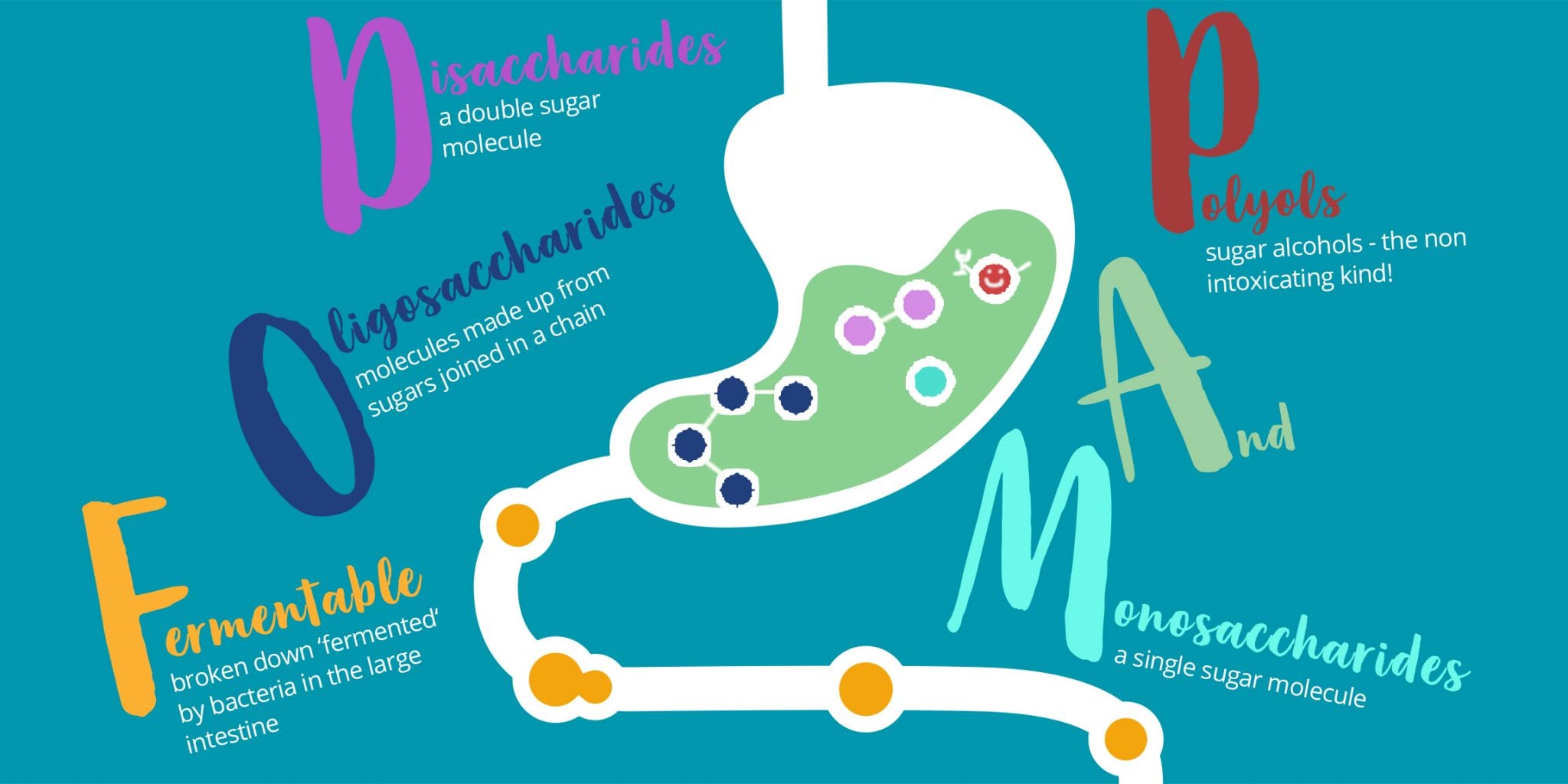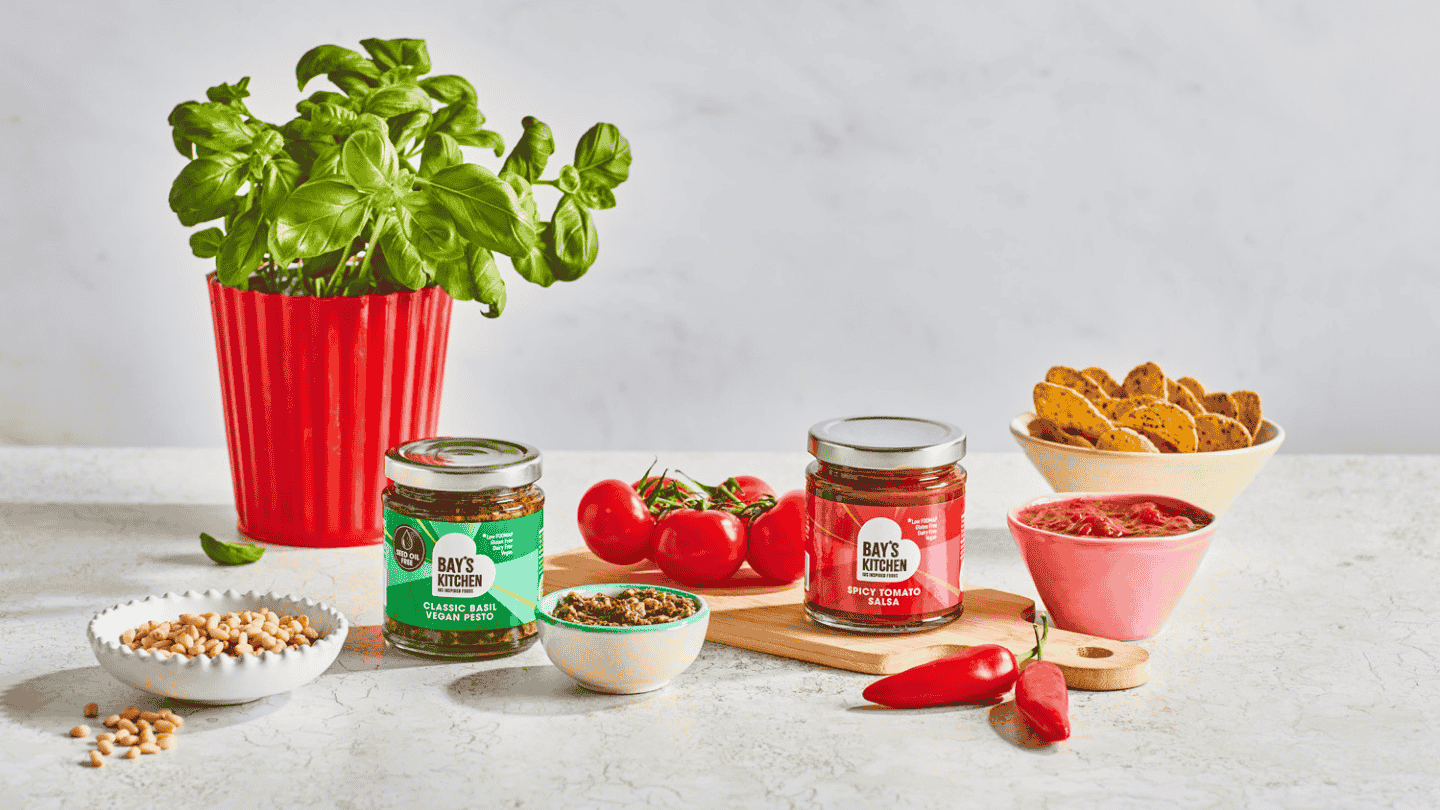"I have been following a modified low FODMAP diet for a few years now, and like many of us during the lockdown, I’ve been less active, and more conscious of what I’m consuming. I also find myself eating the same foods or relying on beige carbohydrates with fewer FODMAPs, which is not the healthiest way to be!"
Following the Low Fodmap Diet:
When I first started out on the diet, I cooked most foods from scratch while exploring the range of free from options available. While the lockdowns have not helped in terms of eating particularly healthily (it has been far too easy to snack or eat the wrong foods), I have made the decision to check the ingredients of all foods I consume.
I am already an expert at scanning for FODMAPs, particularly any sign of onion or garlic, that I now also look out for any ingredients that I could not pick out in a supermarket. Many gluten free foods have additives which are often chemicals that you would not ordinarily be able to buy. While these are of course safe to eat, do they have any nutritional value, and more importantly, why are they added? Asking these questions has made me more mindful about the foods I consume, and where I can make things from scratch I will, or I use trusted products which contain all natural ingredients, such as Bay’s Kitchen. All ingredients on the Bay’s Kitchen range can be found in a supermarket, and they all have nutritional value while providing a delicious, low FODMAP sauce, stock or soup.
My Top Tips:
It’s always worth reflecting on your diet regularly so you can make more informed choices about what to eat, and to lead a healthier lifestyle, so here are my top tips for eating well on a low FODMAP diet:
Eat a variety of fruit and vegetables
When starting out on the low FODMAP diet, it’s all too easy to focus on all the things you can’t eat. Turn this on its head and focus on all the foods you can eat! I printed out a list of the low FODMAP fruits and vegetables, stuck it on my fridge and ensured I tried something different each week in my weekly shop. The more variety, in smaller portions, will incorporate more nutrients which is beneficial in the long term.
Meal Plan
This is the best way to ensure you are eating well, and prevent any impulsive takeaways which might bring about unwanted symptoms. I plan for every meal, drinks and snacks while also pre-empting busy weeknights or unexpected changes by having a supply of Bay’s Kitchen sauces in the cupboard.
Make use of garlic-infused oil
If you are struggling with flavour, make use of garlic-infused oil to add a burst of flavour to low FODMAP meals. I use it as a base for many recipes, and it has allowed me to eat a range of cuisines while sticking to a low FODMAP diet. Just make sure you purchase infused oil, and that no other ingredients are added (as the fructans in garlic are insoluble in oil, but could leach into water-based ingredients).
Avoid too many free from alternatives
Many of the gluten free, dairy free or simply free from alternatives not only often contain hidden FODMAPs, they are also packed with sugar, preservatives and additives which have little or no nutritional value. I’m so used to scanning labels for FODMAPs, that now I also check for any ingredients I wouldn’t find in my kitchen cupboard. I then think about whether I can recreate it myself, and most of the time, the answer is yes! Most bread and cake recipes can be made using kitchen cupboard ingredients, and they won’t have any hidden FODMAPs. It’s the same with main meals – Simple, yet tasty meals can be easy to make, and they contain all natural ingredients with a nutritional purpose.
Eat enough fibre
IBS symptoms can often include constipation or irregular bowel movements. To try and alleviate these, make sure you are eating plenty of oats, fruits, vegetables and whole grains, e.g., brown rice and quinoa, to increase the fibre intake in your diet.
Drink plenty of water
This is certainly something we are always told, but it’s so important if you have IBS. Water aids digestion.
And back to my first point – eat a range of meals!
Don’t get stuck in a cycle of eating the same thing, or eating safe yet beige carbohydrates. Make the most of all the delicious food you can enjoy and try to vary your diet to include seafood and fish, meat and vegetarian options. This will maximise the nutrients in your diet, feed your gut bacteria and most importantly, will allow you to really enjoy food.
My recipes featuring Bay’s Kitchen:
I have had the pleasure of working with Bay’s Kitchen on a few Low FODMAP recipes, featuring their delicious products. Find my Spinach & Paneer Korma with Gluten Free Chapatis recipe here.







